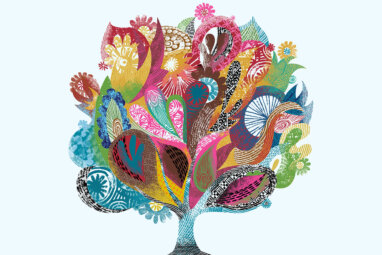Do Customer Loyalty Programs Really Work?
Given the popularity of loyalty programs, they are surprisingly ineffective. To stand the best chance of success in tough market conditions, programs must enhance the overall value of the product or service and motivate loyal buyers to make their next purchase.
Topics
Customer loyalty schemes have attracted considerable interest as companies practice one of marketing’s most familiar strategies — “If you see a good idea, copy it.” Some banks have offered regular customers credit cards with a range of valuable benefits. In business-to-business markets, loyal customers have traditionally been treated better than those who buy on the spot market. Other well-known customer loyalty schemes are the frequent-flyer programs of the major airlines. These and other well-patronized programs were originally hailed as imaginative ways to instill and maintain loyalty, but, over the years, more and more doubt has been cast on them. Both the academic and trade press have criticized the programs with headlines such as: “A Failure in Competitive Strategy,” “War in the Air: The Scramble for Points Hits Turbulence,” “Frequent Flyer Offers Fail to Boost Loyalty.”1
Loyalty programs that seek to bond customers to a company or its products and services by offering an additional incentive pose an interesting dilemma. Although these schemes often attract widespread customer interest, they are difficult to support, using our current knowledge of competition and buyer behavior. This research suggests that most schemes do not fundamentally alter market structure. They might help to protect incumbents and might be regarded as a legitimate part of the marketer’s armory, but at the cost of increasing marketing expenditures.
Many senior managers now ask their marketing departments to measure the potential contribution of any program developed to implement loyalty marketing. Do these programs really create extra loyalty beyond that which is derived from the relative value of the product or service? Do they encourage customers to spend more? Or do they merely bribe a customer to buy again? In a competitive market, is it really feasible for every organization to increase customer loyalty by implementing a loyalty marketing program?
Underlying the increasing interest in these programs are some marketing managers’ widely held beliefs about customer loyalty:
- Many customers want an involving relationship with the brands they buy.
- A proportion of these buyers are loyal to the core and buy only one brand.
- The hard-core, loyal buyers are a profitable group because there are many of them and they are heavy or frequent buyers.
- It should be possible to reinforce these buyers’ loyalty and encourage them to be even more loyal.
- With database technology, marketers can establish personalized dialogues with customers, resulting in more loyalty.
References (54)
1. T.J. Kearney, “Frequent Flyer Programs: A Failure in Competitive Strategy, with Lessons for Management,” Journal of Consumer Marketing, volume 7, Winter 1990, pp. 31–40;
D. Churchill, “War in the Air: The Scramble for Points Hits Turbulence,” The Sunday Times (London), 21 November 1993;





Comments (3)
Emiliano Porciani
Partha Saha
badry jaafar